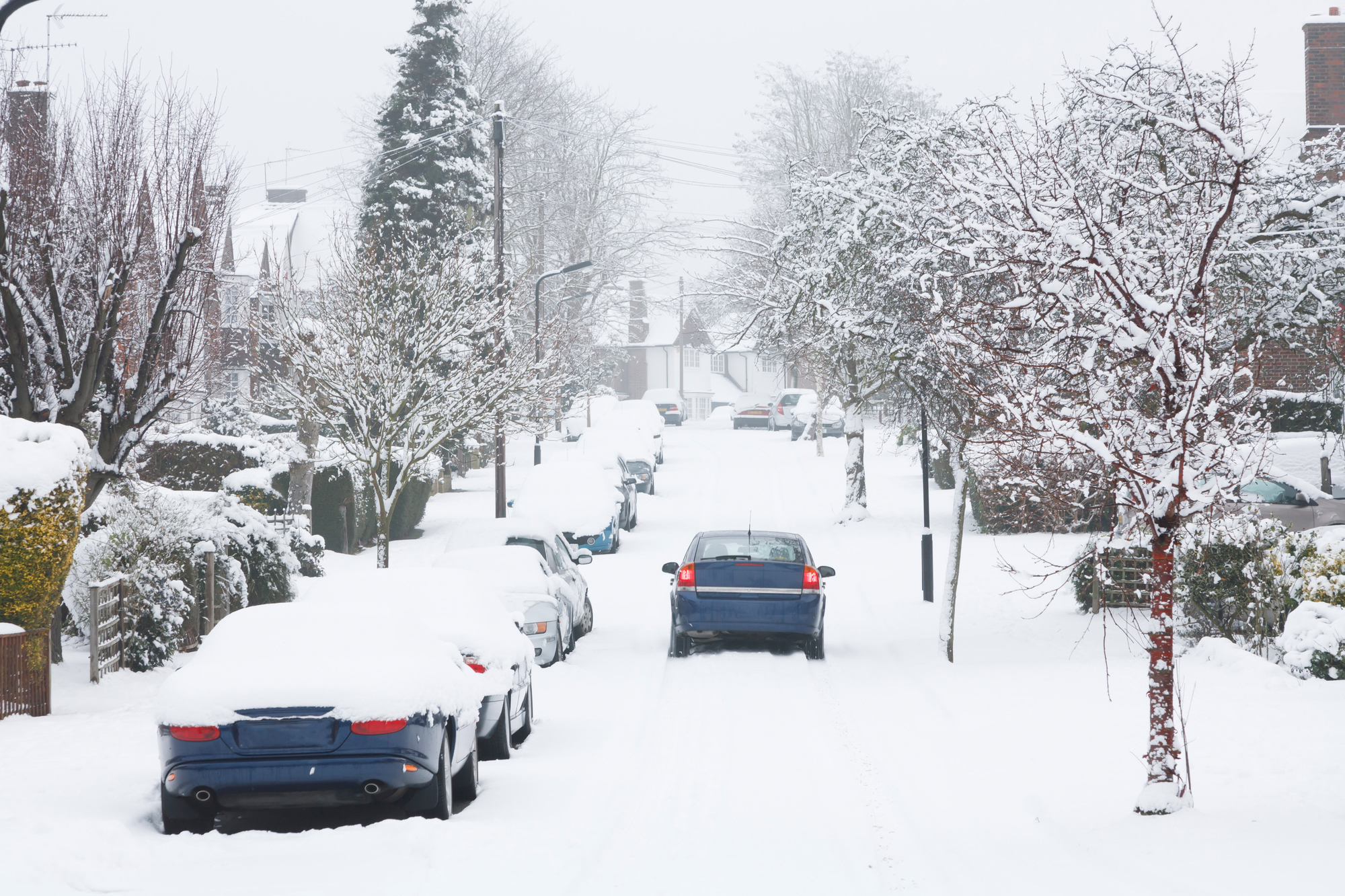

Winter weather and transportation
Snow, ice, wind, storms, floods, fog - the winter season can bring a host of extreme weather, which can impact all transportation networks. As such, there is an obvious need for regular weather forecasts and updates (i.e. for informing gritting routes, applying speed restrictions etc.).
Roads and railways are extremely vulnerable to extreme winter weather, yet they are integral to everyday life.
Ice is difficult to forecast since microclimates and local conditions can affect whether or not it manifests in a particular location. For example, exposed roads are more likely to develop ice overnight, whereas tunnels can result in temperatures remaining above freezing point. Marginal conditions - i.e. when temperatures fluctuate around freezing point - also prove difficult for forecasters since it is hard to determine whether surface water will freeze or remain liquid. All these factors influence if, and indeed where, grit is laid.
Similarly, snow accumulation can be difficult to forecast - small changes in local temperatures can determine whether snow remains frozen and thus accumulates or whether it melts. ‘Warmer’ urban areas and regions where elevation varies over short distances prove particularly problematic to forecasters.
As such, route-based forecasting and even real-time, localised data are increasingly used to identify stretches of roads and rails requiring action. This reduces the resources spent on winter maintenance - such as gritting, de-icing, and speed restrictions - in areas that do not require action. More importantly, this has the potential to save lives in circumstances where weather varies considerably, both spatially and temporally.
Furthermore, storms and strong winds can topple trees, high-sided vehicles and other infrastructure, leading to road and rail blockages and even loss of life. Therefore, areas likely to be vulnerable to strong gusts (i.e. exposed, open roads) need to be identified and risk-assessed in conjunction with localised forecasts. In addition, flooding - particularly that which is enhanced by impervious surfaces (‘pluvial flooding’) - can also cause major problems on transportation networks, leading to the closure of certain routes following heavy rainfall.
Aviation is similarly affected by extreme weather but with additional issues, such as in-flight icing, strong cross-winds, and fog causing reduced visibility and ceiling height.
There are also cascading effects. For example, most other service sectors, such as retailers, schools, delivery services, businesses etc., all rely on transportation for integral service functions, such as enabling staff or students to get to work or school or for customers or deliveries to reach their destination. Thus the impacts are further reaching than simply affecting transportation networks - they have wider cascading economic implications.
Case Study: Snow and road chaos in Central England 2004
Sometimes, however, even good weather forecasts and advance warnings can lead to travel chaos. For example, in 2004, a quick succession of weather systems had a detrimental effect in central England, resulting in ice and snow rapidly accumulating on roads. A study in Weather explored this event, explaining how two active cold fronts rapidly passed over the Midlands between 1500 and 1600 GMT. The first one was a polar front, producing heavy rain, which washed away salt that had already been laid that morning. This rain then turned to snow as the second arctic front passed over, causing accumulations to develop which, once the sky cleared, froze hard, turning roads and footpaths into ice rinks. As a result, numerous motorists were forced to abandon their cars, with many deciding to walk home (indeed, something the author was forced to do!), walk back to their offices to sleep overnight, or spend the night in their cars.
Video: Forecasting Winter Road Conditions
Peter Gibbs chats to Paul Knightley, Forecast Manager at MeteoGroup, to find out about forecasting winter weather and supplying road weather services to local councils. He then visits the Highways Depot in Berkshire to chat with the Principal Engineer and a Shift Supervisor to find out how those forecasts are used to inform their gritting operations:
From Cornwall’s notorious mizzle to the Beast from the East, Frank Barrow reveals the secrets of the winter air masses that affect the UK in this post.


